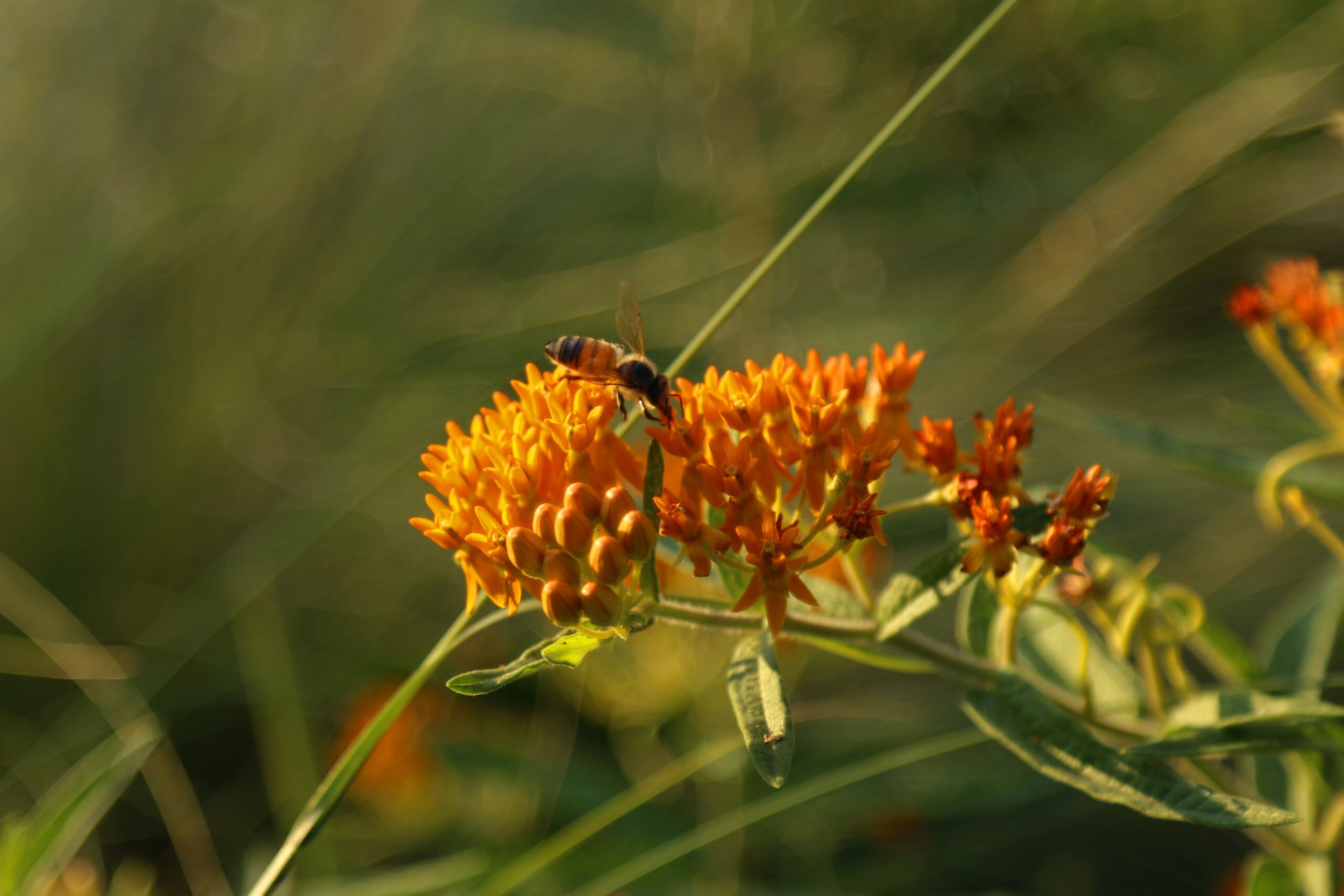
By Pablo Angulo-Gonzalez
Oklahoma City’s revitalization looks different depending on where and how you are looking at it, and the Myriad Botanical Gardens is a perfect example of a new point of view.
From renovated buildings, roads, bike lanes, and districts to recreational areas, splash parks, sporting venues, and public art, Oklahoma City has seen significant changes in many aspects of living in the city.
THE VISION FOR MYRIAD BOTANICAL GARDENS
The Myriad Gardens in downtown OKC is arguably one of the city’s prettiest places. Just south of Oklahoma City’s tallest skyscraper, the Myriad Gardens gives downtown vitality, vibrancy, and fresh air.

The gardens were designed by the renowned architect IM Pei, who is also famous for creating the Louvre Pyramid.
Oklahoma City leaders, including oil and gas pioneer Dean McGee, commissioned the famous Chinese-American architect to formulate a plan to revitalize downtown in the 60s.
The Pei Plan, developed by IM Pei, aimed to rejuvenate Downtown OKC and generate revenue through federal, local, and private funds. The plan focused on five interconnected elements that would work together to ensure the success of OKC:
- Convention center
- Entertainment and recreational facilities
- Retail shopping core
- Business, financial, and government office district
- Large residential area.
Mainly, the goal was to use OKC’s economic momentum, galvanizing it into a cool-looking, modern, inviting city for generations to come. Demolishing older buildings to make room for newer architecture was part of the process.
Arborization, parks, recreational areas, and greenery also constituted the plan of keeping up with livable, welcoming spaces, including creating and developing a garden inspired by the famous Tivoli Gardens in Copenhagen, Denmark.
The Myriad Gardens results from decades of work put in by Oklahoma City. The idea was begotten in the 60s by local leaders, IM Pei, and a community ready to welcome progress and invest in itself.
THE GARDENS TIMELINE
In the early 70s, a national competition was held to commission the architectural design of the gardens. Conklin & Rossant, a firm from New York, was chosen.
Later on, a Myriad Gardens Authority public trust was established to oversee the development of the garden, with Dean McGee elected as the Chairman.
A groundbreaking ceremony on November 17th, 1977, marked the beginning of working on site, following the demolition of the Biltmore Hotel a few months earlier.
After the construction began, many years of dealing with funding shortages awaited the project leaders. This challenge resulted in management changes and the Myriad Gardens Foundation, created to help seek funding opportunities.
Some milestones were achieved until the famous botanical garden Crystal Bridge opened to the public in 1988.
As the years went by, more additions came along, including the multi-use Dean McGee Center, an ice rink, an amphitheater, a children’s play area, and a dog park.
In the present day, the 15-acre downtown park features a waterfall in the northeastern corner, a perennial garden, and a coy fish pond, among other amenities, as well as paths connecting everything.
The Crystal Bridge botanical garden housed thousands of species and showcased different atmospheres for people to enjoy year-round. It has been one of the main attractions within the Myriad Gardens over the years and started renovations the past few years with plans of reopening Fall of 2022.
“The Gardens is just a short walk from the Oklahoma City National Memorial and Museum, Scissortail Park, Oklahoma City Museum of Art, and the Bricktown district. The Gardens offer indoor and outdoor venue spaces for weddings, receptions, and other community events.
Spaces include ornamental gardens, an outdoor ice rink in the winter, water features, an off-leash dog park, a classic carousel, and a children’s garden and playground with adaptive equipment.”
EXTERNAL LINKS AND FOOTAGE
-A Timeline
In 2011, Ken Raymond compiled a helpful timeline of the Myriad Gardens evolution for The Oklahoman. The article states that in 1975, “Oklahoma City purchased the land for the Myriad Gardens for $900,000. Buildings on the land include the Biltmore Hotel, the City National Bank Building, and the Oklahoma Club. Investing in the development phase is about $1.2 million.”
-A Conversation About the Gardens
For a quick overview of the Myriad Gardens’ history and some footage of the park’s preparation, construction, and development, check out the Mayor’s Magazine video edition from 2009. In this 8-minute-long edition, Former Oklahoma City Mayor Kirk Humphreys chats about the development of the Gardens with Jim Tolbert, Myriad Gardens Authority Chairman at the time.
-The Pei Plan
The video link, archived by the Oklahoma Historical Society, gives insight into the Pei Plan. Its purpose was to use federal, local, and private money to renew Downtown OKC and attract revenue. The Pei Plan focused on five elements that would interact and support each other, giving OKC the best chance to succeed. A Convention center, entertainment and recreational facilities, retail shopping core, business financial and governmental office district, and a large residential area.

